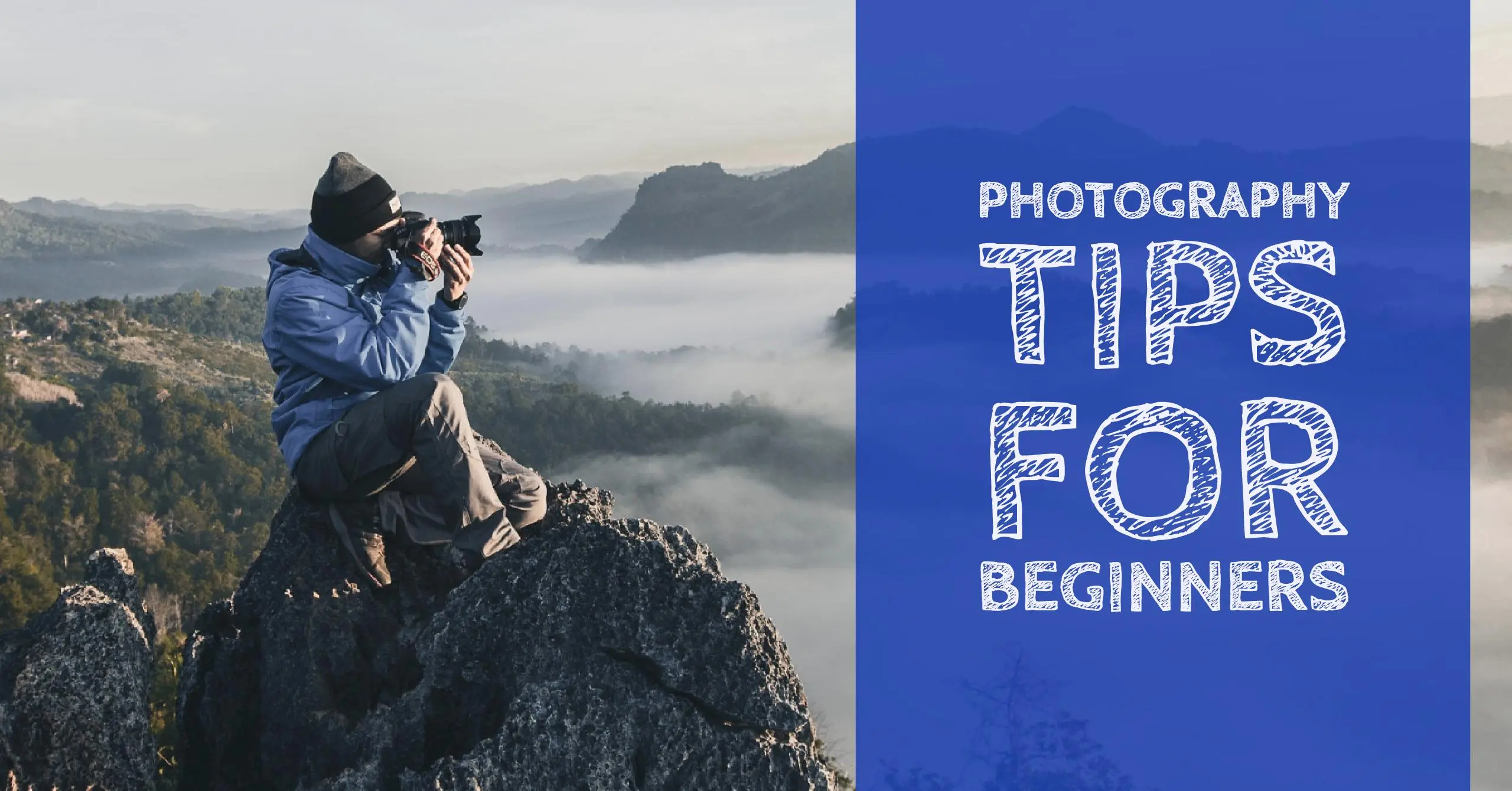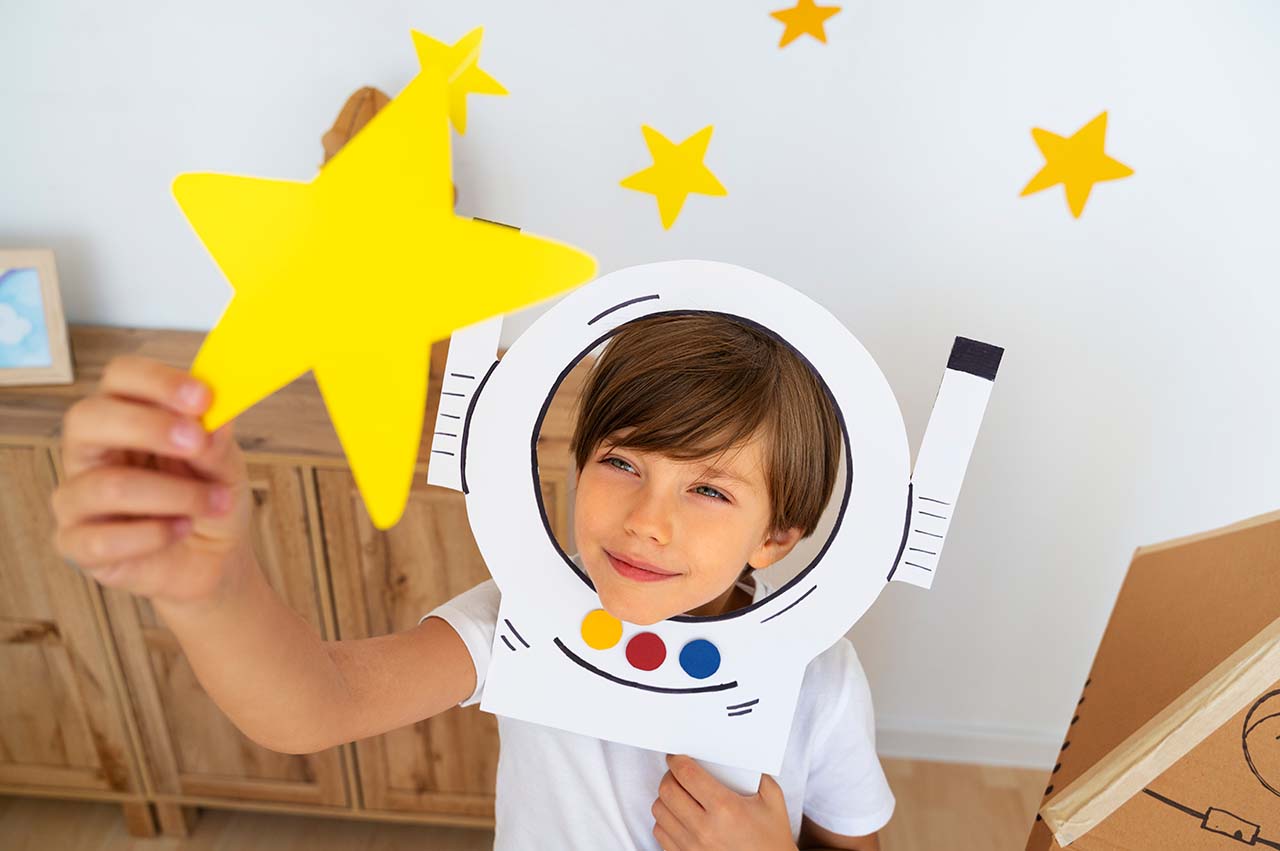In photography, the utilization of digital technology to supply images or pictures of subjects is known as digital photography. Digital photographs, i.e. Photos taken in digital format with a digicam, can be easily taken, stored, outlined, transferred and modified, so making digital photography simpler than film. Owing to the various benefits t is the first choice of budding photographers, with just a few people still sticking to typical film photography.

You need to take a few things into consideration when selecting an electronic camera, the most crucial being the battery life. Ensure you buy a camera with a respectable battery charge lifespan. Remember that battery lifespan and price aren’t related. Many cameras with good battery life come at a comparatively low price. The clarity of the image is set by the megapixels of the digicam. Normally, cameras range between 2 to 8 megapixels. If you are pursuing photography as a hobby, any camera up to five megapixels is excellent for you but if you would like to pursue a careerandnbsp; we recommend you to choose a camera of more than five megapixels. Optical zoom physically moves the camera lens, whereas digital zoom magnifies the image employing a microchip. Optical zoom is way better than its digital opposite number. Any camera with 3x optical zoom is the perfect choice. Exposure settings,eg, shutter speed and lens opening, form a crucial facet of your digicam. A camera with good exposure control will even help you to take clear photos of moving objects. It would be ideal to purchase a electronic camera with user-friendly controls. Important components, such as, macro mode, resolution and flash should be simple to use. Using the camera for some time will help you to become used to its operations and make photography much more simpler for you.
Perhaps the most important advantage for most photographers is that digital photography means you don’t have to process the photos like traditional footage. You can avoid that trip to the photo shop to develop your footage since you can easily view your footage on your home computer as well as on the electronic camera itself. Digital photography loses the developing process, which can save you a lot of money, and doesn’t use dangerous chemicals that harm the environment. Still another advantage to digital photography is the ease with which footage can be edited and changed. You can alter digital images in a spread of tactics thru the use of many types of PC software. Some of the alterations you can make include cropping, augmenting and changing colours, adjusting the contrast of the picture, junking imperfections, and mixing 2 or more photograph pictures to create fascinating and new designs. All these alterations can be made in just a few mins with some mouse clicks and key strokes.
The best way to milk digital photography is to employ a digital camera. And if you’re a newb what better way to get started than by purchasing a second hand digicam. Howeverandnbsp; you may also use a classic camera and then alter the picture negatives into digital photographic format. Changing your classic picture negatives will give you a good idea of whether or not you would like to invest in a digital camera. This way you can identify if you want to find out more about digital photography without having to spend a lot of money on new camera equipment. Most photo developing stores will be offering the service of changing your classic film negatives into digital format.
If you think that all the above comes at a heavy cost will change your decision when you glance at the reasonable cost of buying a used digital camera. Digital photography is very affordable for most buyers when you think about the technology that comes together with it, allowing you to take great pictures. The cash that you’ll save buying a second hand digicam can be quite considerable. And don’t forget the money you’ll save by not being forced to develop all those negative from your classic camera. Digital photography is both reasonable and practical, as well as a great way to advance your interest in photography.
Photography: From Film to Digital
Photography is defined simply as taking photographs. In a bit more technical terms, photography is the capturing of light to create a two dimensional image on a medium such as film or digital media. Photography can be beneficial both for financial gain or personal pleasure. Those who do photography as a hobby find that it can be very fulfilling, while those who do it for a living can find that the better their photography is the more financially rewarding it can be.
Photographic technology has been rapidly advancing in recent years. During the film camera era, advances were slow. But in the digital camera era, the advances in technology have been rapid.
While the 35mm film SLR camera was an excellent photography device in the hands of a professional, the modern digital SLR cameras can provide nearly anyone with great photographs. “Once the 35mm film SLR camera was the camera to own but now, there are digital SLR cameras like the Canon Rebel Xti that give the photographer great results with less frustration than their film counterparts” says Minneapolis photographer Bob Dale.
Black-and-white photography, color photography, and digital photography are the three main styles of photography in use today.
This is the most popular variation of monochrome photography. Early photography was done in black and white. Black and white photography continues to be very popular because the shadows and coloring displayed in black and white photography give it some artistic appeal. “Today Black-and-white photography is associated with “fine art” photography, as in the style of Ansel Adams landscape photos or the George Hurrell style of Hollywood portraits” says professional digital photographer Bob Dale.
Other types of monochrome photography are used for special uses to create artistic views of a subject in various hues of a color. Cyanotype photography is an example of using the monochromatic hues of cyan to create a photograph of cyan and white tones.
While mainstream color photography technology has only been around for several decades, color photography could be captured by scientists to some extent as early as the middle of the 19th century. Early color photography simply faded over short periods of time, but by 1861, James Clerk Maxwell managed to develop a permanent color photograph. These first color photographs were taken by three separate cameras capturing three separate colors.
More than 40 years later, in 1907, Autochrome color photography became possible for professional photographers. It was 1932 when Agfacolor film came out. Modern color film came out with the 1935 Kodachrome film. Another big moment in color photography was the introduction of ‘instant’ color film by Polaroid in 1963.
Digital photography took things to all-new levels. Digital photography isn’t limited by the capabilities of film for its capture and storage of images. Images are translated from a sensor into a digital format that is immediately recorded to an electronic memory storage unit.
These digital photos can be easily handled, manipulated, shared, displayed, or printed. Simply hooking the digital storage device up to a computer or a printer will allow the photographs to be quickly printed out at as high quality prints.
Most photography professionals who specialize in portrait photography or wedding photography choose digital SLR cameras. Digital SLR cameras give the photographer the ability to print out quick proof sheets so the customers can quickly pick out which photographs they want to buy.
Wedding photography is a complex form of portrait photography that requires the camera to have special capabilities that only digital SLRs have, such as making adjustments in low-light situations without a flash. The photographer also needs to be able to take great photographs of the dress, cake, and guests and quickly review them to make sure they’re good before the opportunity passes by them.
Owning a digital camera is now easier than ever. The price for an entry-level camera has dropped significantly over the past few years, and this can be attributed to increased competition among digital camera manufacturers. There are small digital cameras that cost under $100, and these are great for the casual photographer who just wants to take pictures of friends and family.
As you become more experienced in digital photography, you may want to bring your hobby to the next level with a more advanced digital camera. You may even want to make a living off digital photography.
Discover more from Personal Blog of Richard Tong
Subscribe to get the latest posts sent to your email.




